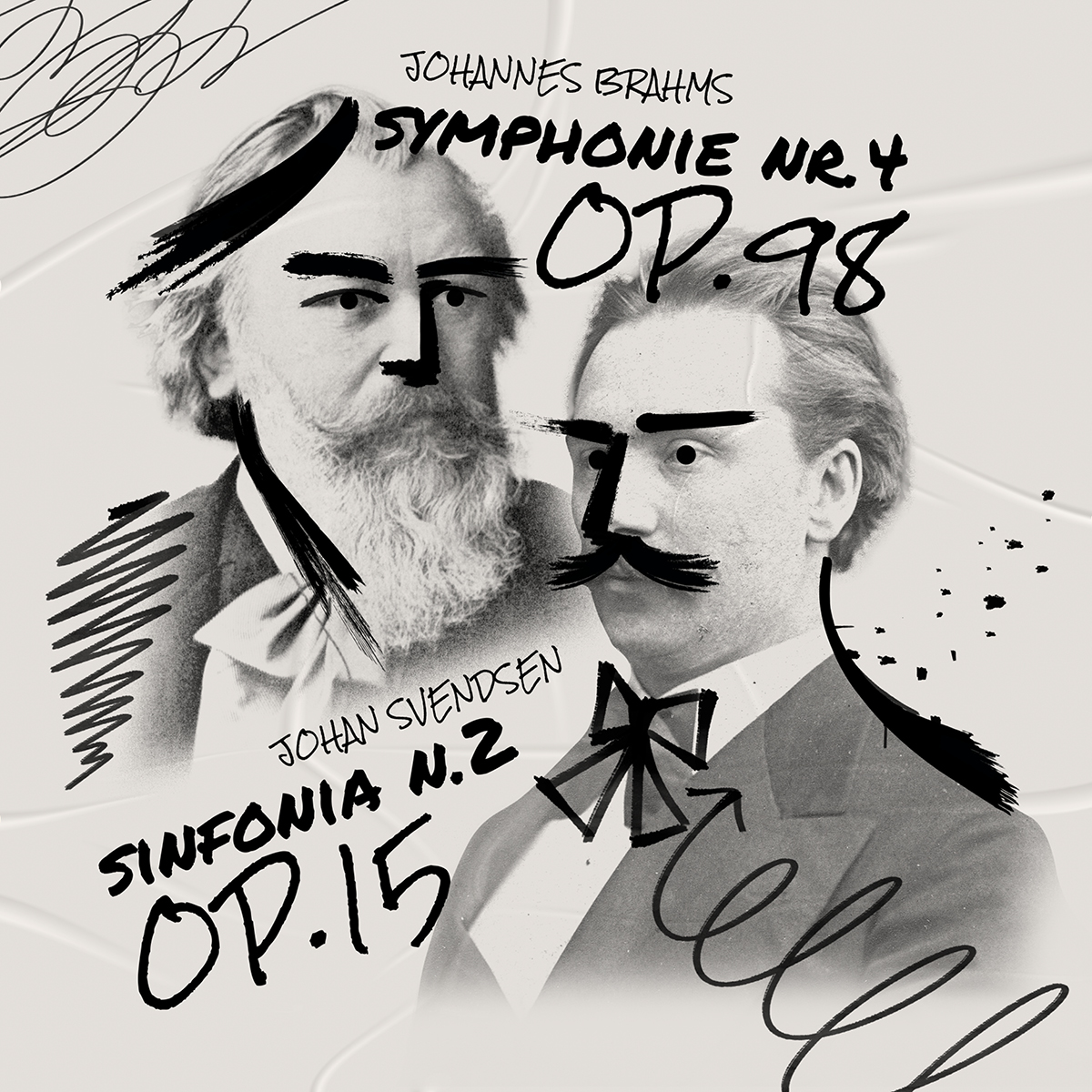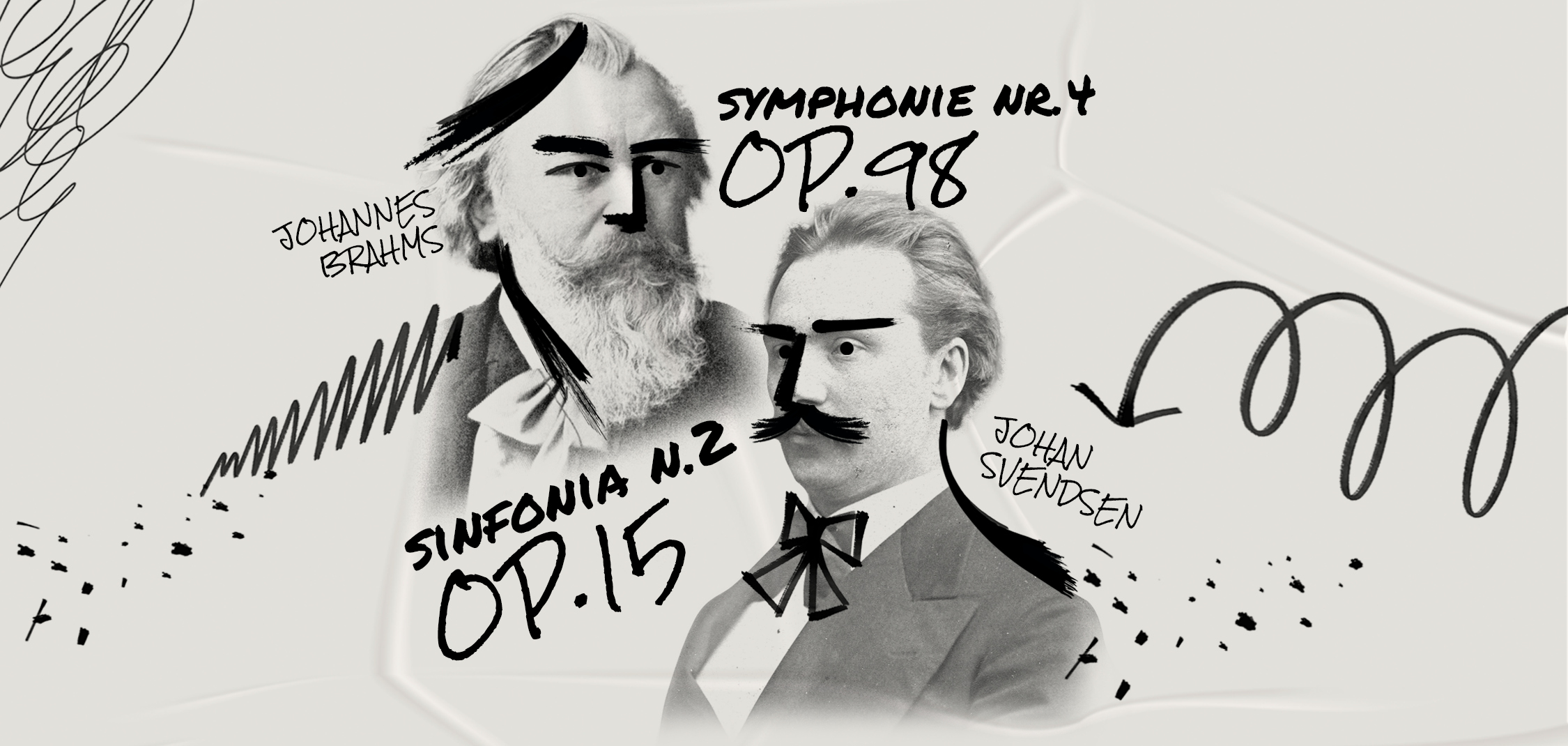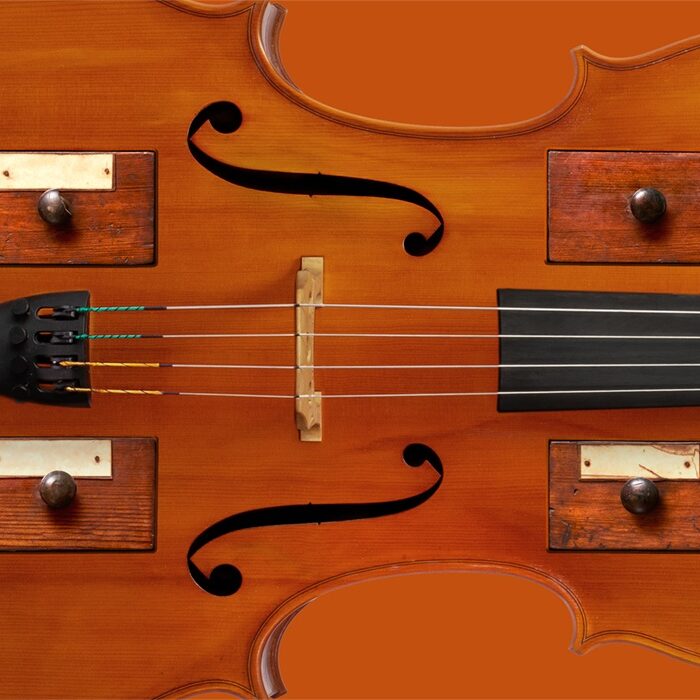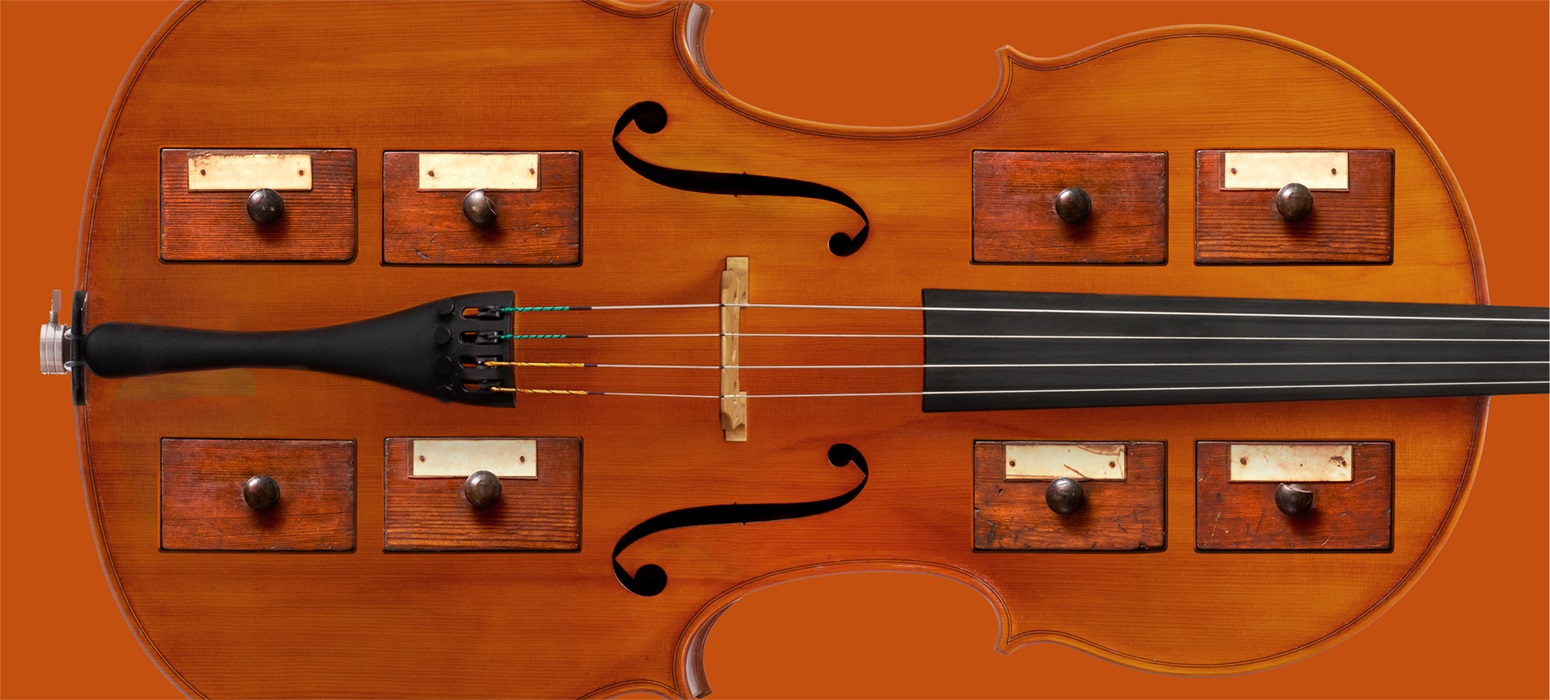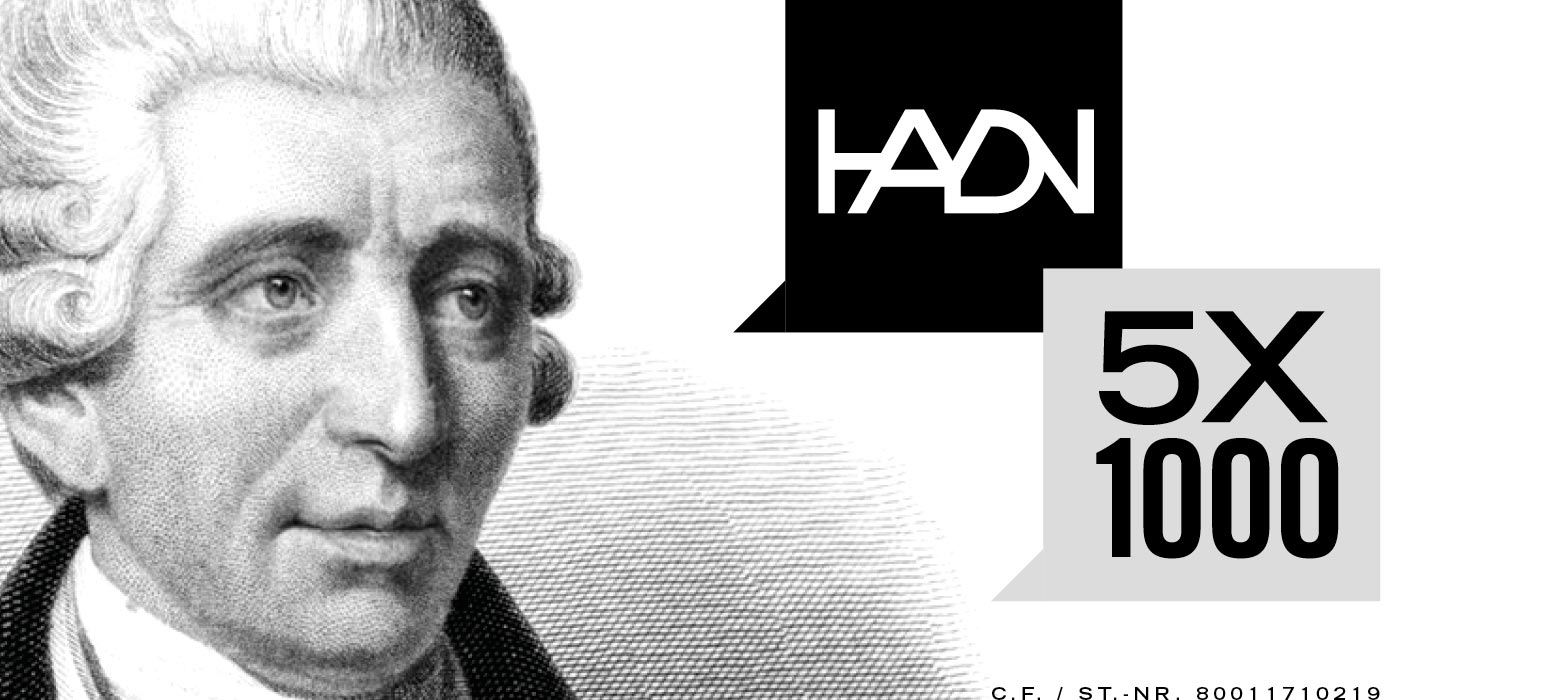When 22-year-old Norwegian Johan Svendsen found himself penniless in the middle of winter in Lübeck, he turned to the Swedish-Norwegian consul Carl Fredrik Leche for a loan and support. The consul was so impressed by his violin virtuosity that he secured him a scholarship at the Leipzig Conservatory, where fellow countryman Edvard Grieg had also studied. Grieg’s works went on to become worldwide successes. Svendsen’s music, however, was almost entirely absent from 20th-century concert programs, unjustly so. His Second Symphony was premiered in 1876 in Kristiania (Oslo). By then, Svendsen—whom Grieg praised for “a truly brilliant way of handling the orchestra”—was recognized both as a conductor and a composer, capable of achieving extraordinary sound effects in his works.
With his Fourth Symphony in 1885, Brahms finally left the “giant” Beethoven behind. By condensing his musical material in an almost unrivaled way, interweaving the movements, and combining archaic and modern elements, he pushed the boundaries of what was possible in the 19th century. The composer was unfazed even by the criticism and disapproval of Wagner’s “New German” supporters at the premiere: “Whatever mess I have got myself into, I will manage. The hecklers in the stalls do not bother me in the least.”
